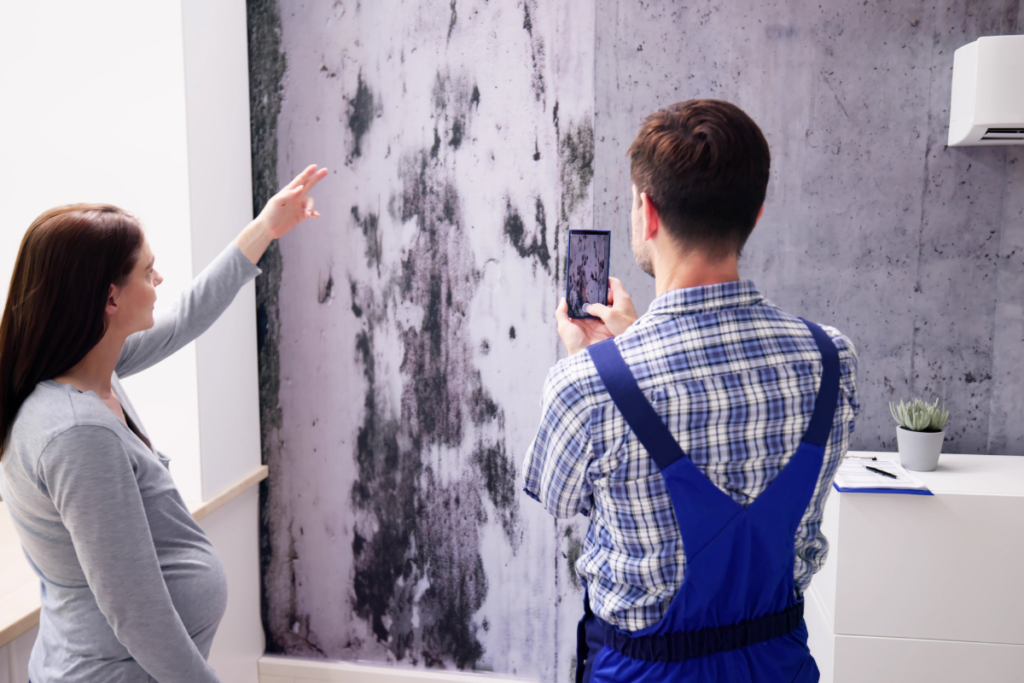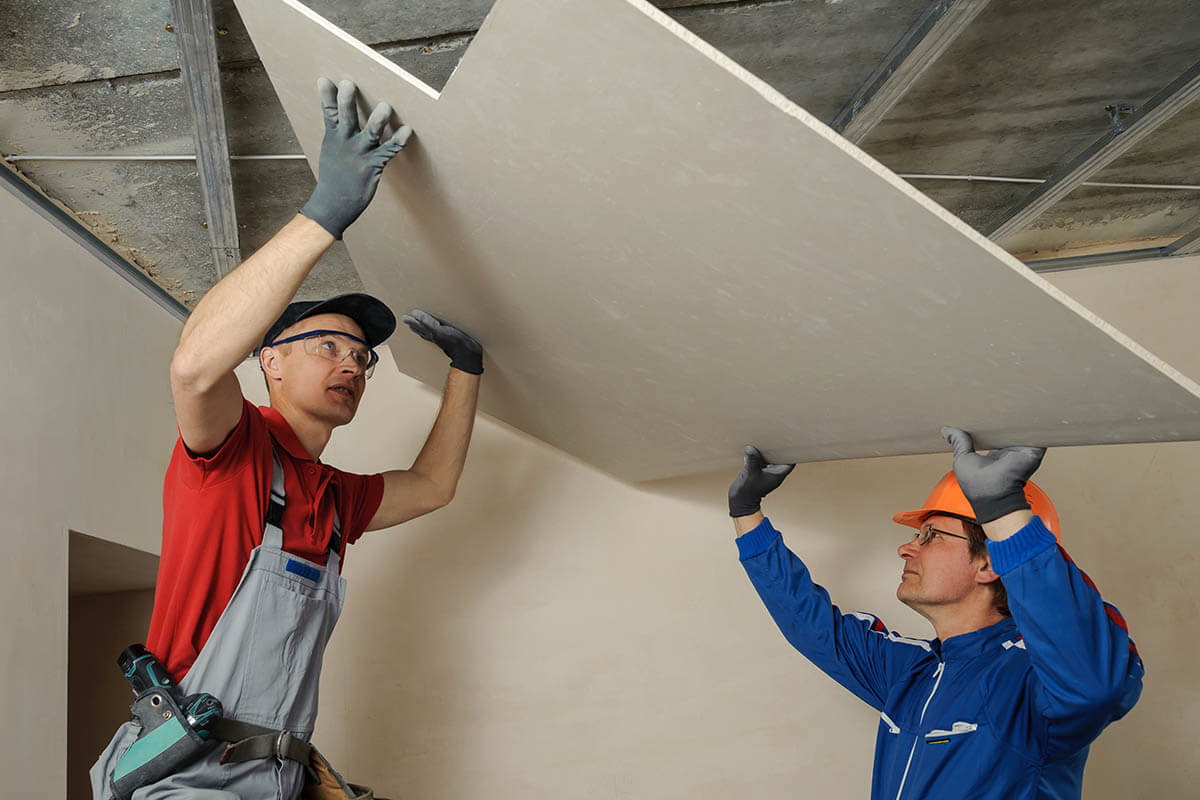Request Your Free Quote!

5 Signs You Need Professional Drywall Repair Drywall is a durable and versatile material, but over time, it can develop...

Water damage is one of the most common issues homeowners face, and drywall is particularly vulnerable to moisture. Whether caused by leaking pipes, roof damage, or flooding, water can weaken drywall, lead to mold growth, and compromise the structural integrity of your walls. Knowing how to identify the signs of water damage early and properly repair it can save you time, money, and prevent more serious problems down the road.
Once you’ve identified water damage, it’s crucial to act fast to prevent mold and further structural issues.
While small water stains and minor drywall repairs can be handled as a DIY project, serious water damage should be left to professionals. You should call a drywall expert if:
✅ The water damage covers a large area or has spread to multiple walls.
✅ The drywall is soft, crumbling, or structurally compromised.
✅ There is visible mold growth or a strong musty smell.
✅ You need a perfectly blended repair to match textures and paint.
At Just Like New Drywall Repair, we specialize in water damage repairs, drywall replacement, and mold-resistant drywall installation in Orange County, CA.
Learn more about Drywall Repair Services.
📞 Call us today at (714) 639-9270 for a free quote on water damage repair!

5 Signs You Need Professional Drywall Repair Drywall is a durable and versatile material, but over time, it can develop...

Drywall vs. Plaster – What’s the Difference and Which Is Better for Your Home? When it comes to interior walls,...

The Most Common Drywall Repairs and How to Fix Them Drywall is one of the most common building materials used...

Water damage is one of the most common issues homeowners face, and drywall is particularly vulnerable to moisture. Whether caused by leaking pipes, roof damage, or flooding, water can weaken drywall, lead to mold growth, and compromise the structural integrity of your walls. Knowing how to identify the signs of water damage early and properly repair it can save you time, money, and prevent more serious problems down the road.
Once you’ve identified water damage, it’s crucial to act fast to prevent mold and further structural issues.
While small water stains and minor drywall repairs can be handled as a DIY project, serious water damage should be left to professionals. You should call a drywall expert if:
✅ The water damage covers a large area or has spread to multiple walls.
✅ The drywall is soft, crumbling, or structurally compromised.
✅ There is visible mold growth or a strong musty smell.
✅ You need a perfectly blended repair to match textures and paint.
At Just Like New Drywall Repair, we specialize in water damage repairs, drywall replacement, and mold-resistant drywall installation in Orange County, CA.
Learn more about Drywall Repair Services.
📞 Call us today at (714) 639-9270 for a free quote on water damage repair!

5 Signs You Need Professional Drywall Repair Drywall is a durable and versatile material, but over time, it can develop...

Drywall vs. Plaster – What’s the Difference and Which Is Better for Your Home? When it comes to interior walls,...

The Most Common Drywall Repairs and How to Fix Them Drywall is one of the most common building materials used...

